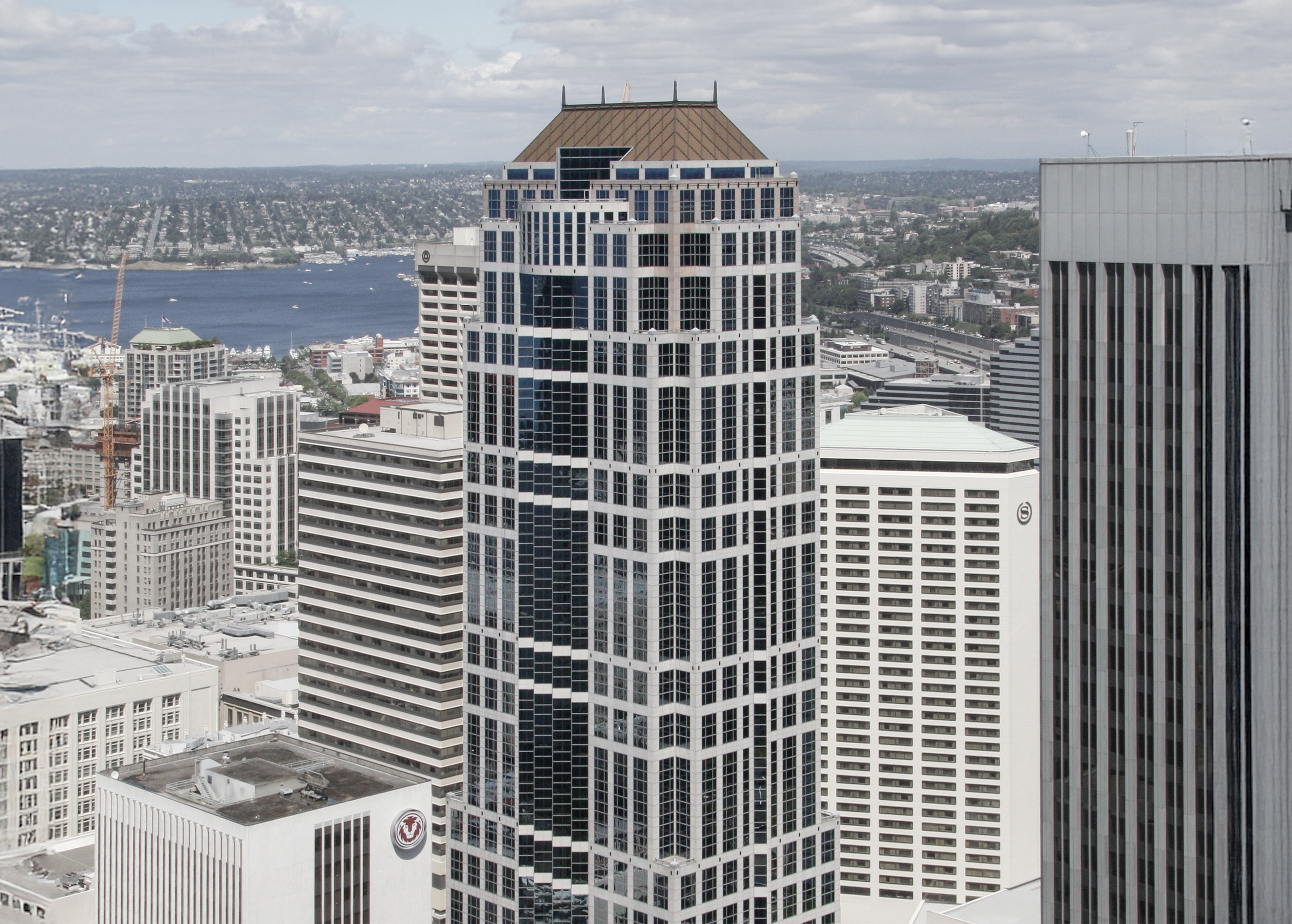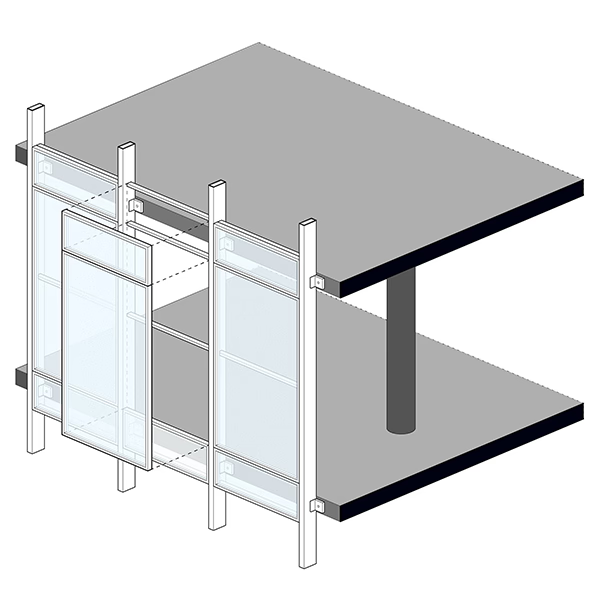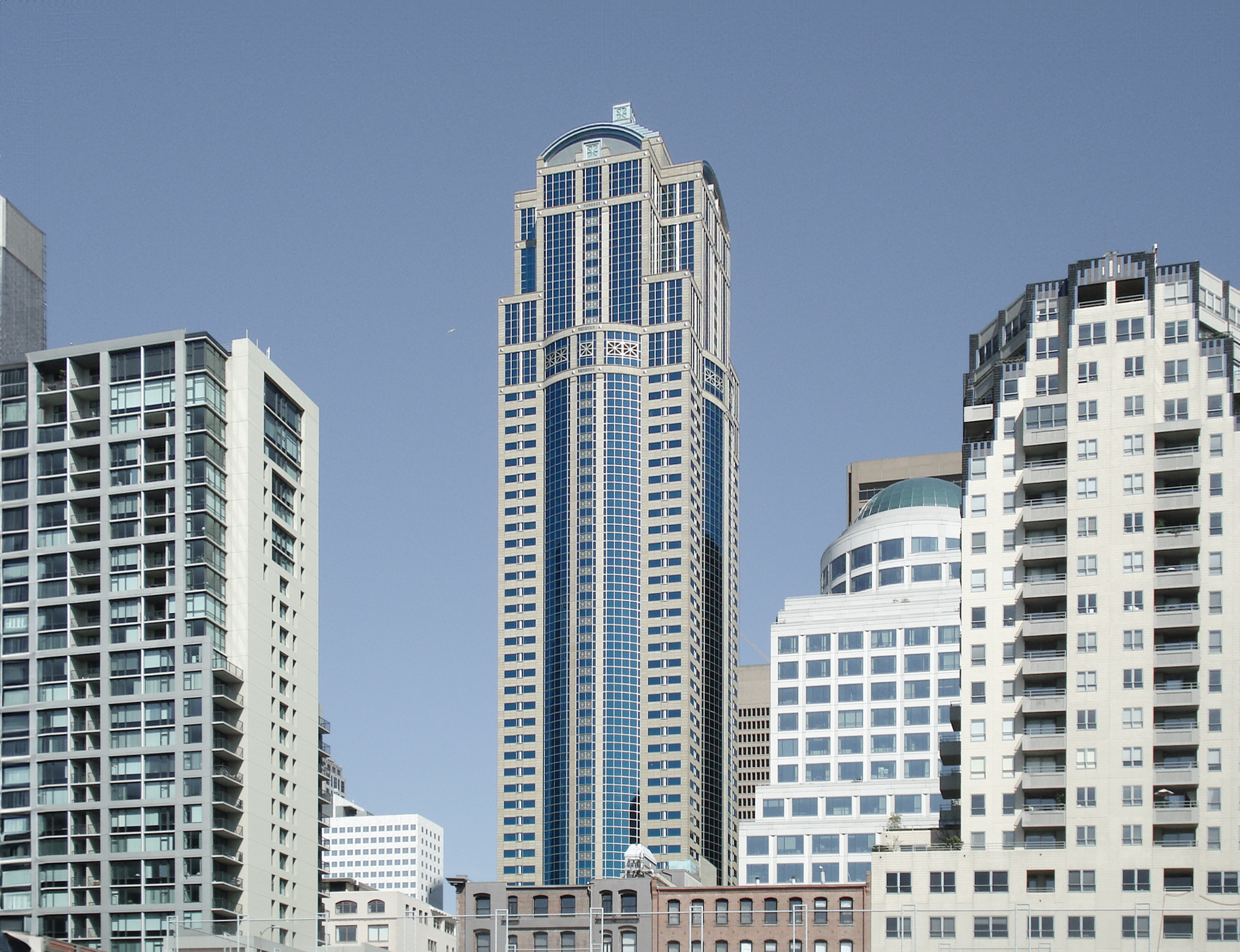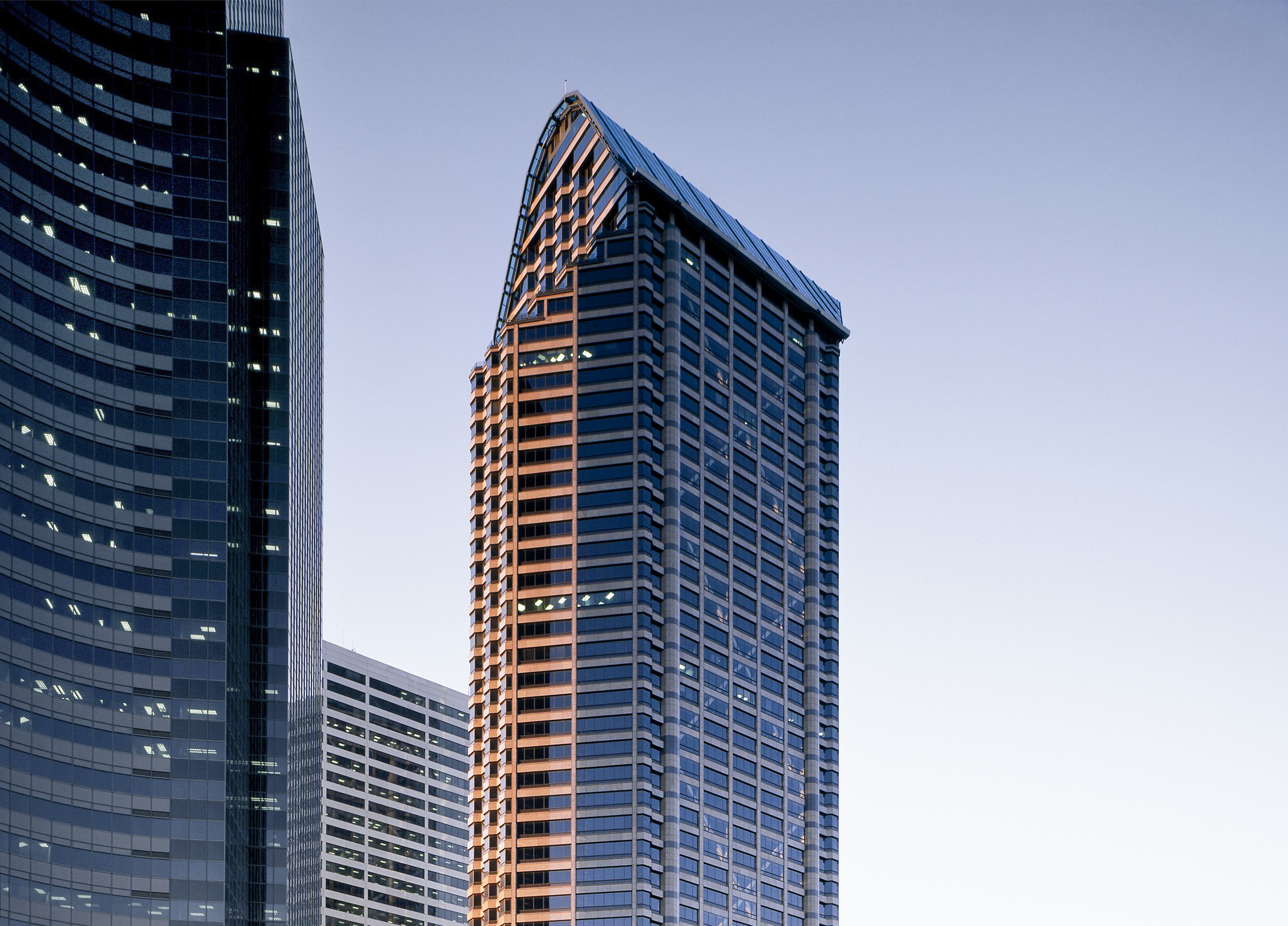The U.S. Bank Center is a Postmodernist skyscraper designed by Callison Architecture, with Gerry Gerron as lead architect, and built between 1987 and 1989 in Seattle, WA.
U.S. Bank Center is not the only name you might know this building by though. It is common for companies to want to attach their names to iconic buildings when they move in, or for the general public to come up with nicknames, and this one is no exception. The building has changed names several times over the years, and is also known as:
- Pacific First Centre between 1989 and 1993.
- U.S. Bank Centre from 1993 until this day.
Its precise street address is 1420 Fifth Avenue, Seattle, WA. You can also find it on the map here.
The U.S. Bank Center has received multiple architecture awards for its architectural design since 1989. The following is a list of such prizes and awards:
- Engineering News Record (ENR) Northwest Best Projects Award in 2023
- Northwest Wall and Ceiling Bureau Award in 2023
The building has been restored 2 times over the years to ensure its conservation and adaptation to the pass of time. The main restoration works happened in 2023 and 2010.




